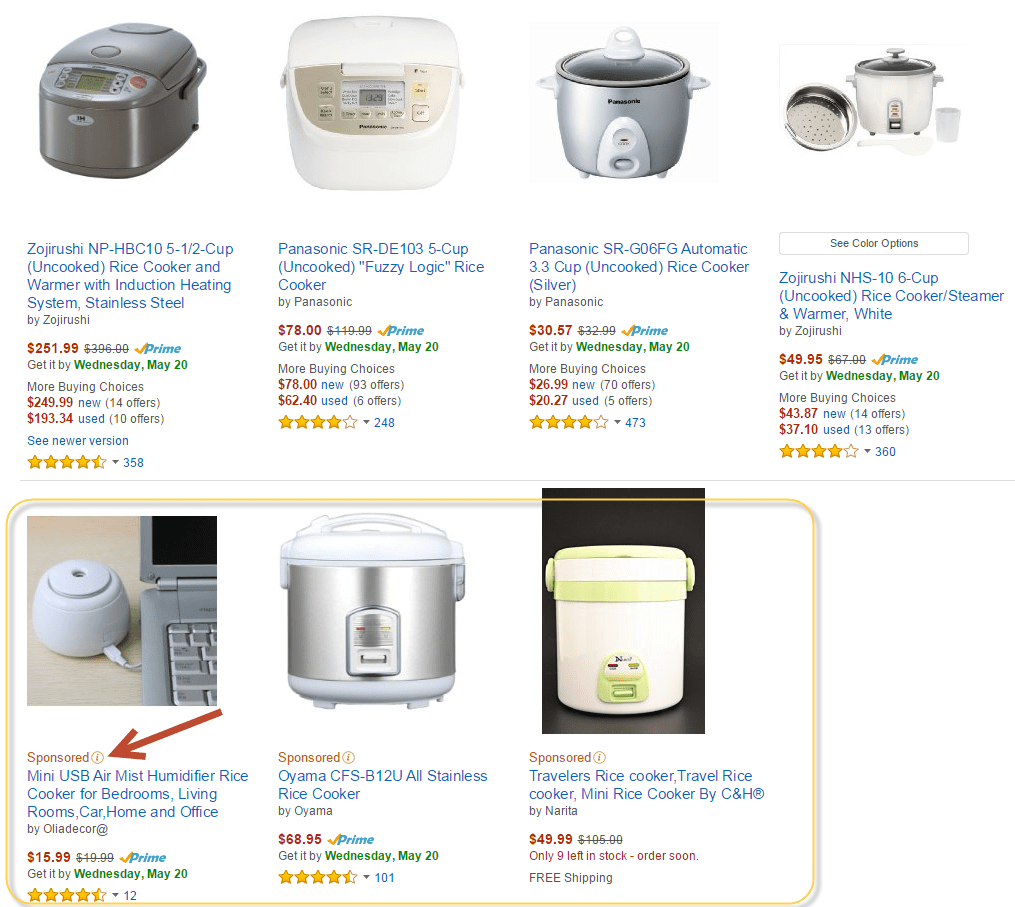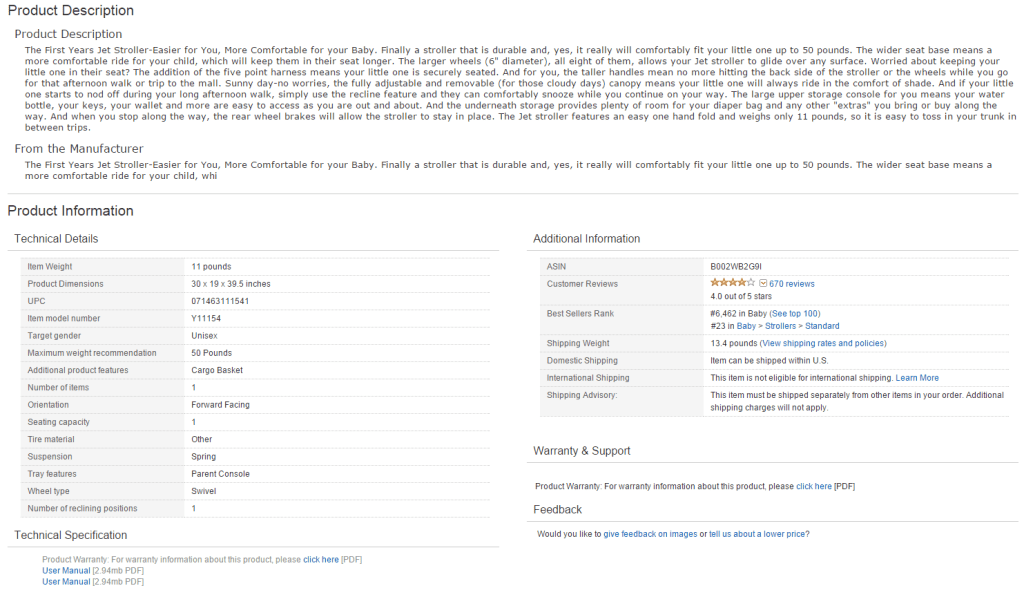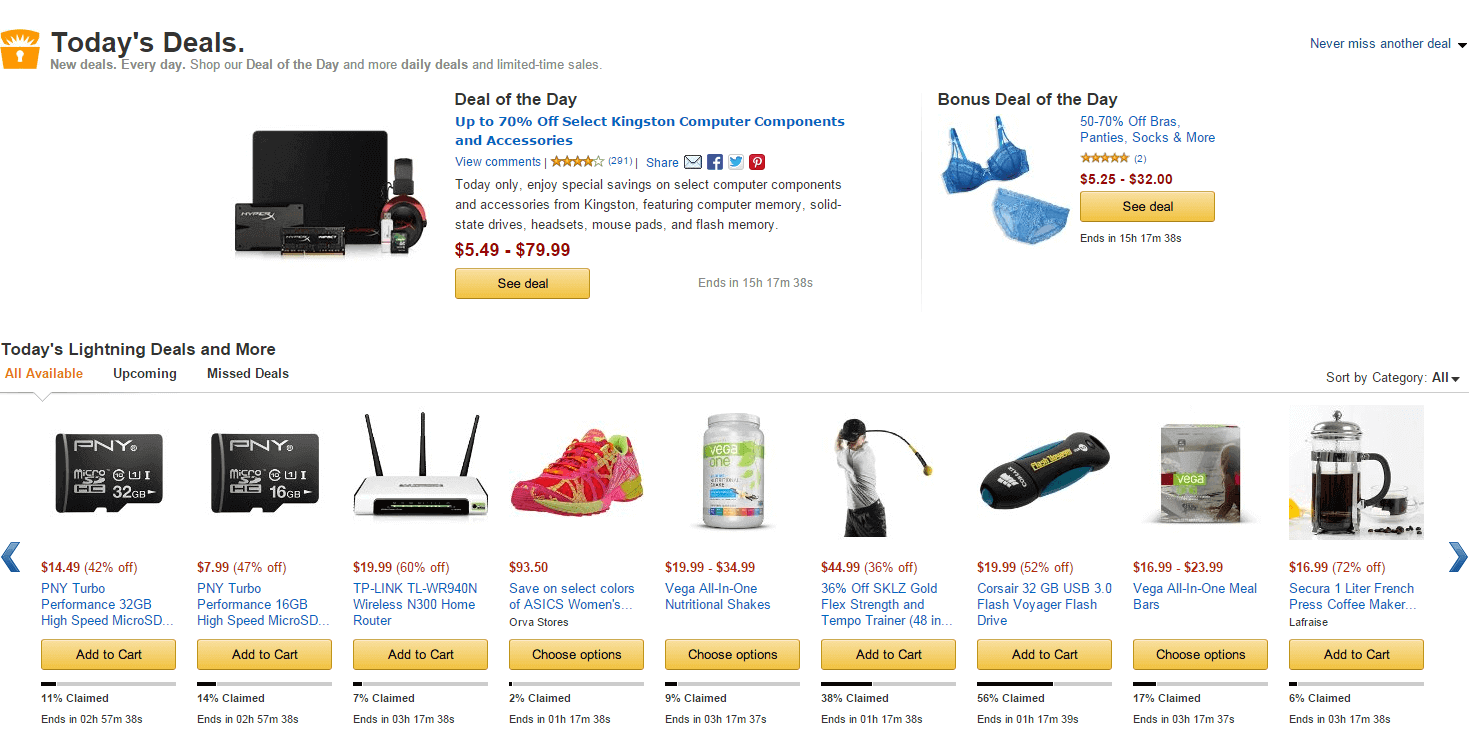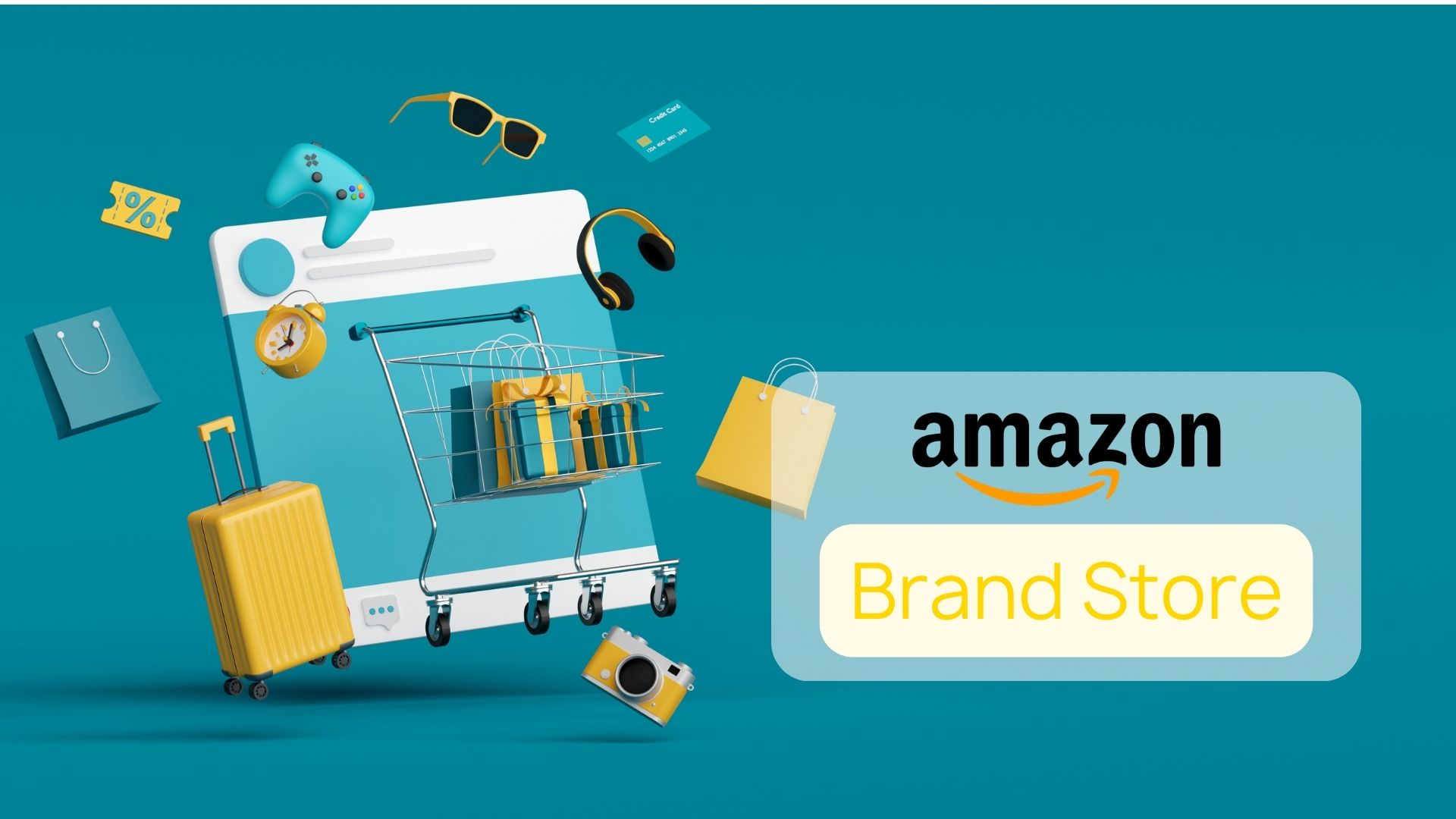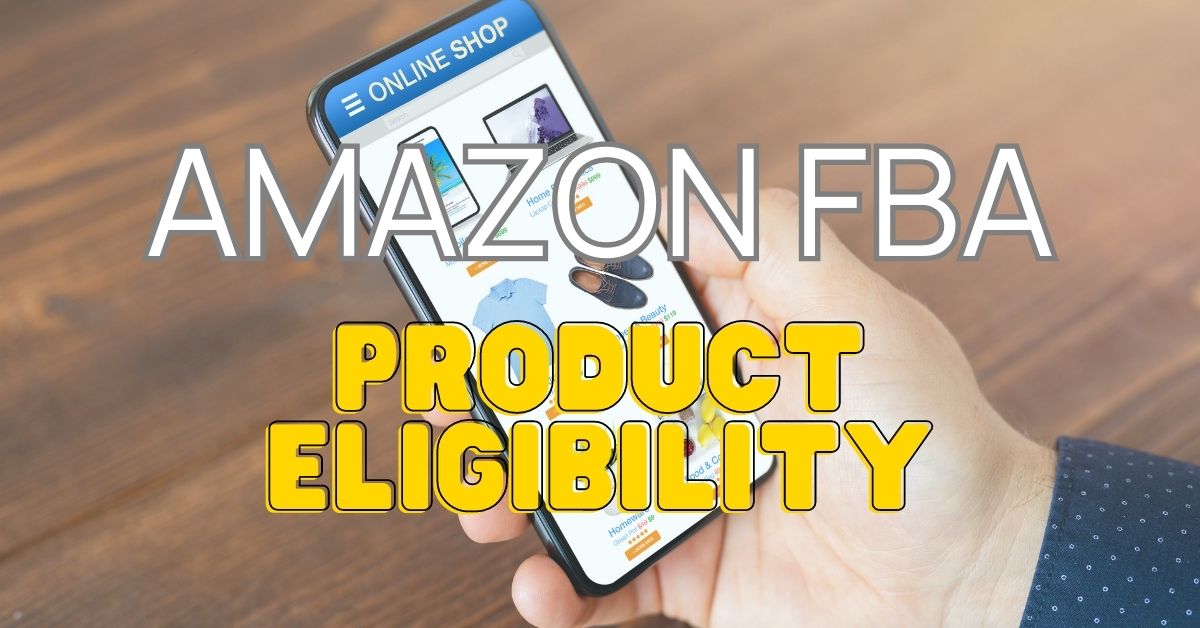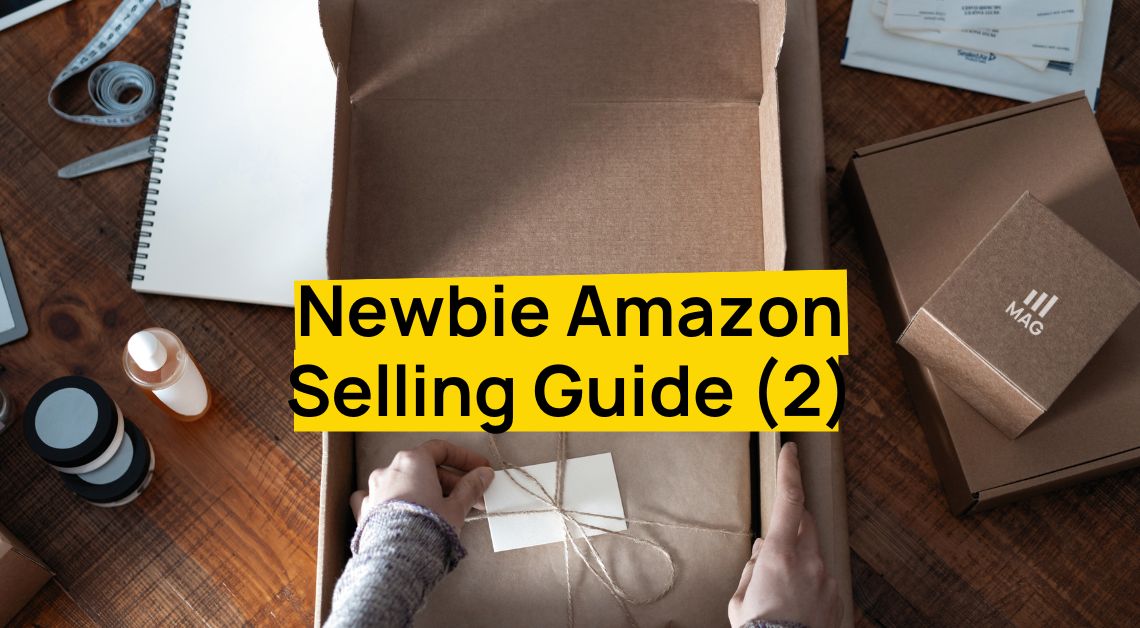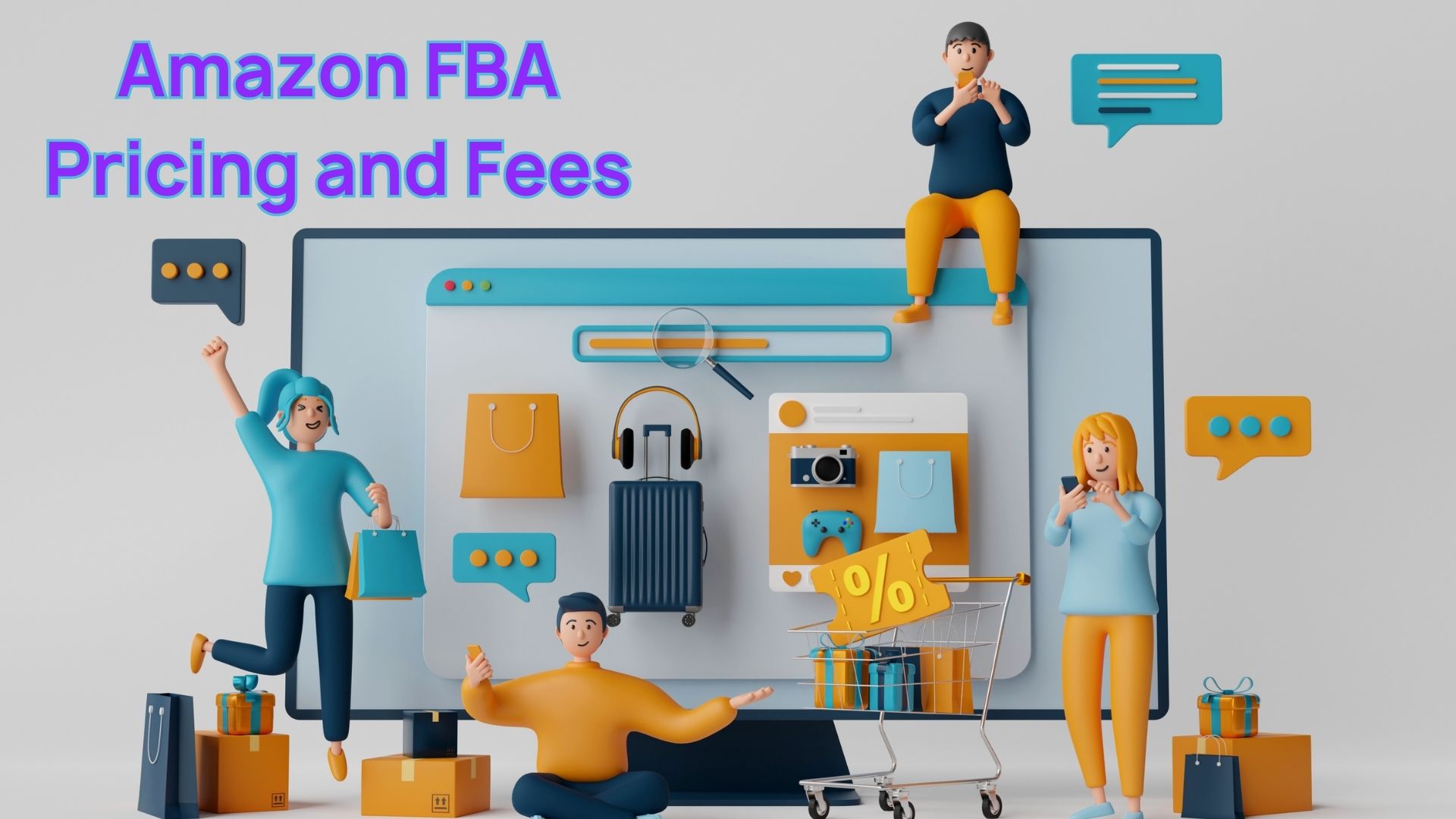If you’re not on Amazon, you’re irrelevant
There are thousands of major brands who aren’t on Amazon and it baffles me. I’ve worked for companies who thought Amazon was evil. I’ve spoken to handfuls of companies who think being on Amazon would damage their brand, or even that there is other low hanging fruit available. They are all wrong. Because if you sell products and aren’t on Amazon, you’re irrelevant. Amazon is the mecca of selling. The brand has been fine-tuned and is growing. The website has literally every Holy Grail of eCommerce 101 practices. And its scale is incomparable. It’s always EASY to sell on Amazon. It’s also EASY to buy on Amazon.
If I asked you to name a website that you could do the following things, what website would pop into your head?
- Find a product in 30 seconds.
- Buy that product within 60 seconds.
- Have the product arrive to you within 48 hours.
That’s what your company is competing against. That’s Amazon. Single page checkout, single click checkout, high level of SKUs, immense amount of traffic, hundreds of millions of customers and repeat ones at that. All of that.
Meanwhile your website may not even have a page load time shorter than 5 seconds. You require people to register accounts, add payment and shipping options, and the whole sale process takes a first time customer a minimum of 10 minutes, and repeat customers still 4-5 minutes. It would cost millions of dollars to get your website to compete on even a fraction of Amazon’s agile ability to sell stuff. But it would require you just a matter of hours to get on Amazon and optimize it.
How do I get on Amazon?
It’s actually quite easy. Go here. For a company with a handful of SKUs you can do all the work manually by hand, and artistically create your listings from scratch. For a company with hundreds if not thousands of SKUs you already have a database of information to work with and it’s just a matter of converting it into the proper format for an excel upload.
I’ve worked at companies that between 40-50% of gross sales come from Amazon. Amazon does take a cut, a 15% cut at that. But in my mind, that’s the cheapest 15% in advertising ever spent, adding dividends beyond count. And yet selling on Amazon is often seen as one duty of many for one person on an eCommerce team. Honestly, if you’re company is doing a million dollars on Amazon you should have a dedicated person to it so they can optimize it, and grow it. A company will have an entire staff to run a website, but barely put any effort into growing a channel that does half their business. Why is that? I think it’s because people don’t realize how much more they can do to sell more stuff to more people more often on Amazon. (Sadly you can’t sell for more money on Amazon.)
Amazon PPC is a thing.
First there’s Amazon PPC. Your company is already spending a gross amount on Adwords, but you aren’t paying for click ads on Amazon. Well you should be, here’s why. Amazon ads are displayed within Amazon, and they are seen within categories and keywords you choose when someone searches on Amazon.com. So if someone is searching for “rice cookers” and you’re the only one paying for ads on that keyword you’re going to be seen 100% of the time and pay per click.
- Amazon PPC cost per click is as low as 2 pennies in many categories.
- There’s no competition or very little.
- Extremely high conversion rates. People are already in the mood to buy and are comparing your product straight up. Compare this to Google PLAs.
Tip: clothing PPC is dirt cheap, there’s no competitors. Meanwhile technology products have super high costs.
Amazon SEO is a thing
Not only are Amazon products showing up in Google listings, they show up on Amazon.com. Since your products are competing against other products on Amazon you need to have superb SEO in your listings. Your excel file upload to Amazon should have the following:
- Automation (feed should upload it daily if not every few hours, so stock counts are accurate if nothing else)
- Full product descriptions
- HTML in your product descriptions
- Features filled out, the 5 bullet points, but also the additional features such as “made of”
- A list and sale price (So list price is crossed out)
- Multiple pictures. One picture isn’t sufficient.
It’s really easy to do 2-6. #1 requires an API and some help from your IT team. If you don’t have an IT team who knows how to build the automated API you should probably be working with a marketplace vendor to help you do all that such as Mercent.
For 2-6 you can do all of this one product/category at a time by typing into your product information management tool or the excel itself all of the proper attributes. If you go for the Holy Grail you’ll map it at the PIM level, then you can cross apply these attributes and map them properly for other marketplaces such as eBay/Sears/Rakuten etc.
By filling in massive amounts of information about your product, instead of a bare minimum title, price, and short description, your product is more likely to be seen. Bonus points if you ask customers to review your products which can also help your product conversion rates and ability to be seen in general.
Here’s a great example of a listing with tons of technical details filled in. Material types and even orientation have been established.
The Extra Mile: Parent/Child product relationships. So if you have one product with different colors you can set the parent as the product and the colors as the children. This props up the parent listing and creates more sales.
Amazon Gold Box Deals are a thing
Once you’re doing well on Amazon, you can back channel some help within Amazon to get an account rep to work with you. One of the special things they can do is get your product advertised in a Daily Deal. I once had a product that had sold less than 30 times on my website. A knife to be precise. I had well over 1,000 of this SKU in stock. So I sent a couple hundred to Amazon’s Prime warehouse, and asked a rep to host me as a daily deal. Almost every knife I sent in sold out, and all within 2-3 hours of the deal posting. There’s some serious leverage to getting your product into a daily deal. You do have to discount your product, but there’s some big advantages.
- Sell a lot of product in a short time
- Create buzz, which gets your original product listing higher due to sales, creating future sales
- Visibility, which can create brand awareness and sales on other SKUs.
Amazon Prime is a thing
Let’s say you have 2,000 SKUs, and almost all of your sales are coming from 50 of those SKUs. What else can you do to improve your sales? Well you could try to sell the other 1,950 products better with the above steps. But perhaps even easier than that is to sell more of your 50 products that are already on fire. You can do this by shipping your product to an Amazon Prime warehouse. This creates special listings for your product, so they appear to be sold by Amazon directly. Customers who have signed up for prime get free shipping. And they get your product guaranteed with delivery within 2 days. Most companies can’t ship stuff that fast. So not only will your product listing get seen more, you’ll get more sales, and ship stuff to customers faster.
I personally pay for Amazon Prime. I love the fringe benefits of a Netflix experience on Amazon, and I love free shipping. Most people do. Prime has a growing customer base. Even customers without Prime can still buy your Prime products.
The other really cool thing about selling on Prime is you get major discounts as a seller. I calculated major cost savings on selling a product on Prime vs from my own website. Most of the savings come from shipping. At one company I worked for we couldn’t ship something for less than $7. And for small products that was a major price hurdle. With Prime shipping costs were as low as $2 for those same products. Meaning we were either making more profit or selling at a more competitive price point. If you do 80% of your Amazon sales on a set amount of SKUs, and you do nearly half of your business as a company on Amazon, imagine improving your margin by 10% by selling through Prime. It can make superb business sense.
- Lower cost to sell
- Faster shipping
- More sales
Conclusion
No one company is able to herd all the cats necessary to improve how they sell on Amazon in a timely manner. But if you pick one of the things above to do this month, you’re going to see a lift. If you would like advice on selling on Amazon or other marketplaces, you can email me your questions here.



